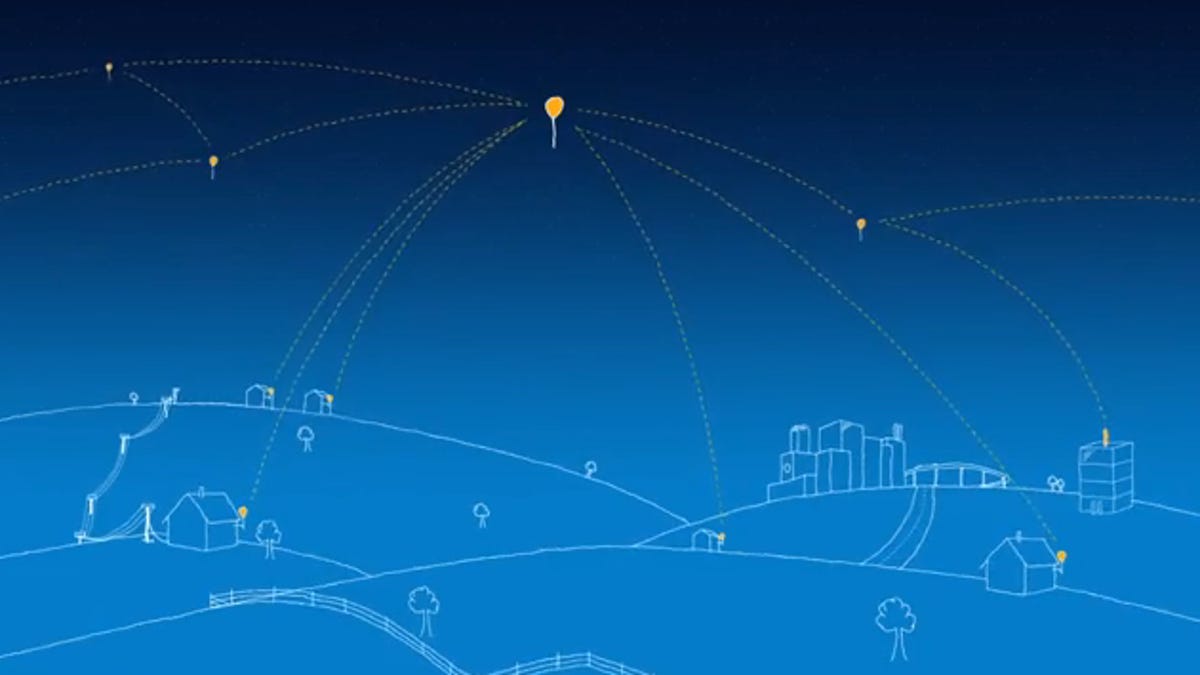Meet Google's 'Project Loon': Balloon-powered Net access
The search giant wants to give everyone on earth Internet access, and it has a high-flying idea for how to accomplish it.

Google has officially announced "Project Loon," its plan to connect the entire world to the Internet that uses a decidedly 19th century technology: Balloons.
According to a post on the official company blog:
We believe that it might actually be possible to build a ring of balloons, flying around the globe on the stratospheric winds, that provides Internet access to the earth below. It's very early days, but we've built a system that uses balloons, carried by the wind at altitudes twice as high as commercial planes, to beam Internet access to the ground at speeds similar to today's 3G networks or faster.
Google says it hopes the floating network could be used to connect remote, rural and underserved areas, something I personally would appreciate greatly, although I don't imagine my neighborhood would be at the top of Google's list to target with Project Loon. The name itself comes from Google's own acknowledgment that the plan sounds a bit crazy... like a loon, some might say.
In addition to providing access to the two out of every three people on earth Google says don't have access to affordable broadband, another goal of the Google[x] team behind Project Loon is to help with maintaining communications following natural disasters.
The solar-powered, remote-controlled balloons would navigate stratospheric winds 20 kilometers above the surface of the earth, well above the altitude where most planes travel. Similar to the way satellite internet works, the balloons would communicate with special antennas and receiver stations on the ground.
One of the most obvious barriers, it would seem, to using high-altitude balloons riding the winds of the upper atmosphere is the fact that they'll always be on the move. Not surprisingly, Google says it plans to solve the problem of having balloons where they're needed when they're needed using "some complex algorithms and lots of computing power."
The first test of Project Loon is underway with a pilot program in New Zealand. Google says it's currently looking for partners for the next phase of the project and imagines a future where your roaming service in unserved rural areas might actually be tapping into data from a balloon.
Check out Google's detailed explanation of how Project Loon works in the video below:

